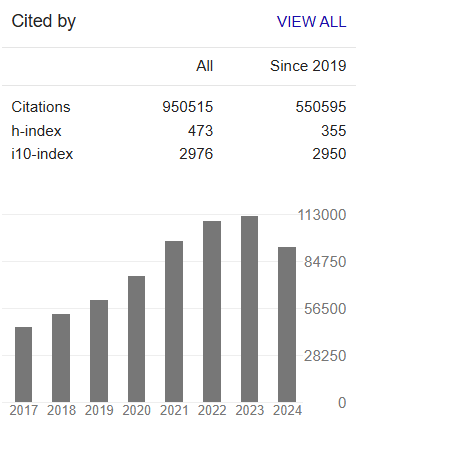Utilization of Waste Biomass in Anyigba, Kogi State, Nigeria for the Production of Biofuels and Biochemicals: A Microbiological Perspective
Abstract
Zakari David Adeiza, Azeez Zainab, Adefila Adebimpe Moyosore, Bello Kizito Eneye, Audu Godwin Amoka, Muhammed Abdulsamad Adeiza, Emuroto Marvelous Olubunmi, Edegbo Emmanuel, Isoja Stephen Ojochegbe, Agada Precious O, Akogwu Emmanuel, Shuaib Yusuf Danjuma and Abraham Hannah Ozoiohu
Background: The increasing demand for sustainable energy solutions underscores the potential of waste biomass for biofuel and biochemical production. This study focuses on agricultural and forestry waste biomass from Anyigba, Kogi State, Nigeria, and aims to optimize microbial processes to convert crop residues and sawdust into valuable biofuels and biochemical.
Method: Biomass samples, including rice husks, maize stalks, and sawdust, were collected and analyzed for cellulose, hemicellulose, and lignin content. Various microbial strains such as Bacillus subtilis, Aspergillus Niger, and Trichoderma reesei were isolated and assessed for their enzymatic activities and effectiveness in converting biomass into biofuels and biochemicals. The bioethanol and biogas production from these samples were quantified, and statistical analysis was performed to evaluate the differences in yields.
Results: The analysis revealed high cellulose content and varying lignin levels in the biomass samples. Trichoderma reesei exhibited the highest cellulase activity, while Bacillus subtilis was most effective for biogas production. Bioethanol yields ranged from 4.5% to 7.2%, with rice husks providing the highest yield. Biogas production varied from 180 to 250 L/kg of biomass, with sawdust yielding the most. Statistical analysis confirmed significant differences in biofuel yields among the different biomass types.
Conclusion: The study demonstrates the feasibility of utilizing waste biomass from Anyigba for sustainable biofuel and biochemical production. The findings highlight the potential of local waste materials for meeting energy needs and environmental goals. Future research should focus on optimizing the processes and scaling up production to further enhance the efficiency and applicability of these technologies.



